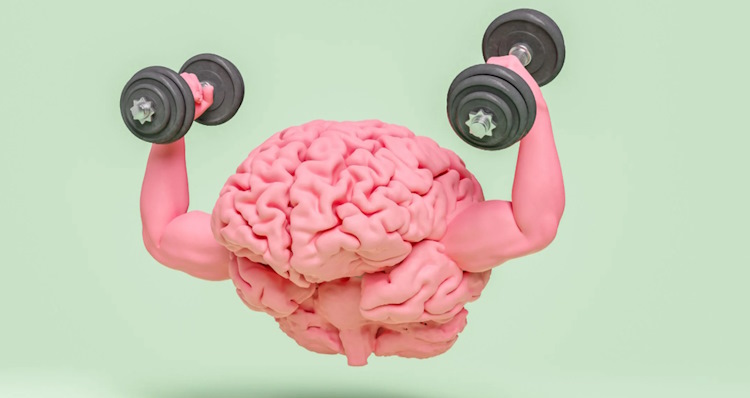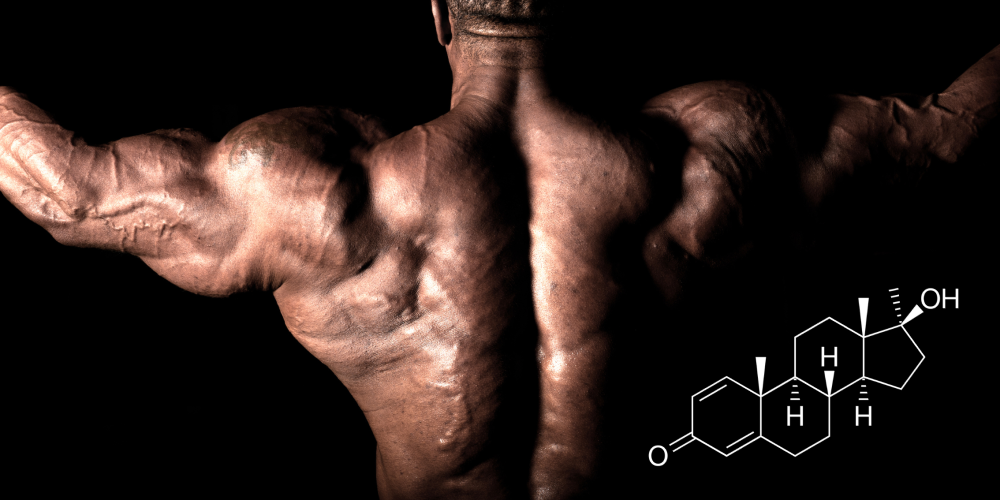Weak points – How to stimulate and develop them
A weak point can be simply defined as a muscle group that is difficult to develop despite training regularly or maintaining a suitable diet, thus lagging behind the rest of the body. Whether we’re talking about an amateur or a competitive bodybuilder, odds are there will be at least one muscle weakness that needs to be addressed to achieve a more aesthetic or competitive physique, and in this piece, we’ll go over some of the strategies that can be used to stimulate and develop these deficiencies:
- Isolation vs. compound movements:we all know compound movements, especially the “big three” (squat, bench press and deadlift) are a great way to increase strength and put on overall size, but if you need to develop specific muscle groups of your body, isolation exercises are a must, as they will make your weak parts work harder to get the job done, as opposed to letting your body compensate the movement with your stronger muscles;
- Technique and range of motion: in order to activate the targeted muscles of a certain exercise, proper technique and range of motion is required, which might not be possible if we’re talking about an individual with poor mobility, so that should be addressed as well in order to be able to even stimulate the weak points;
- Training variables: volume, intensity, time under tension and frequency all can be adjusted to provide efficient stimuli to the aimed muscle group, depending on the type of fibers it predominantly has;
- Nutrition: it is hard to make gains and/or correct flaws while you are on a caloric deficit, especially if you are no longer a beginner lifter. In addition, making sure that you have proper nutrients in your body pre and post workout session is essential to make improvements to weak parts. A good strategy is to plan your diet in a such a way that you can eat more the day prior to your weak muscle group workout, as glycogen takes some 8 hours or so to be formed in your muscles and liver, and also consuming intra/post workout supplements to replenish nutrients as fast as you can;
- Sleep: it is during sleep that your body recovers and grows, so, you need to be well rested on your weak muscle days, so try to plan an extra hour of sleep or take a nap after your workout to achieve maximum development of the weak points.
- The famous “mind-muscle” connection: as cliché as it may sound, having a proper mind-muscle connection when training, meaning you’re feeling and controlling every repetition, making sure your aimed muscles are contracting and relaxing in the proper way and paying close attention to both the concentric and eccentric phases of the movement can help you develop those weak muscles.
- Other strategies: some other strategies that can be used to stimulate an under-developed body part include training it every day by doing one exercise with high rep sets to increase blood flow and irrigate that muscle with nutrients and stimulate the stretching of the fascia (don’t do it for more than 4 weeks at a time or you will enter an overtraining state). You may also dilute the gear you’re taking with vitamins or proper oil and spot-shooting them in your weak muscle groups to cause a higher level of inflammation, although controversial, this can lead to some results. If you’re using insulin, timing your shots will keep your worked muscle full of water and glycogen and lastly, some forms of massage and myofascial work can be done to stretch the muscles and make sure they repair faster and are irrigated properly so they grow and catch up to the rest of your body.
Even in professional bodybuilders, we often see weak points such as arms, upper chest and hamstrings, just to name a few. In order to have as few weak points as possible, the sooner you identify and start working on them, the better, and these strategies do work to correct them.









